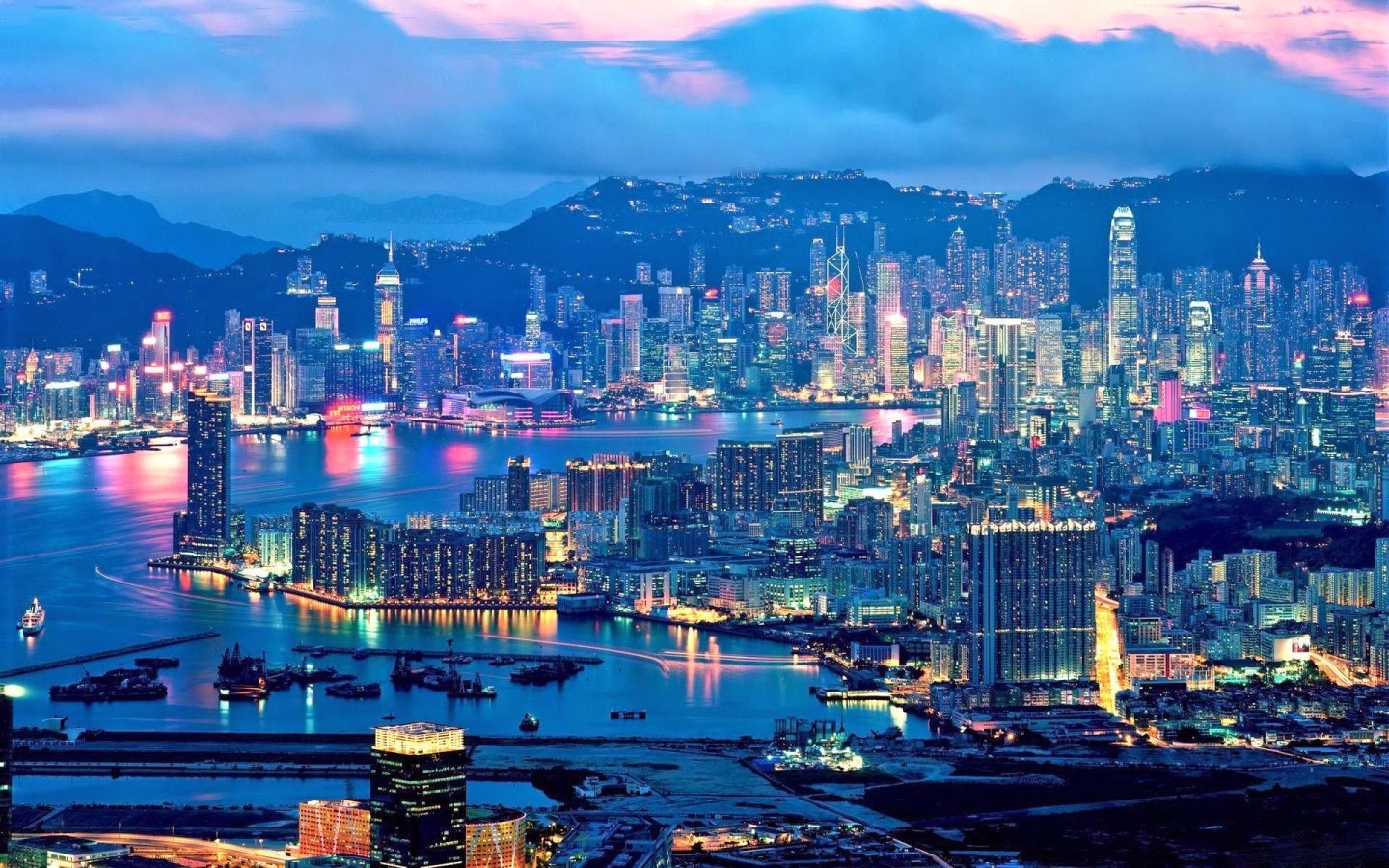There are various factors which can be used to assess
how ‘busy’ or ‘large’ a port is; this could be a reference to
the area covered by the port, the amount of traffic handled or the
gross tonnage processed.
This top ten list of global ports has been made in
consideration of the role that these ports play in the import and
export capabilities of the nations they serve and in
internationalimports and exports.
10. Port of Felixstowe, United Kingdom
The
Port of Felixstowe is the United Kingdom's busiest container
port,dealing with over 40% of Britain's containerised
trade. It has
had numerous investments over the years. This North Sea port
processes more than 3.4 million TEU’s (Twenty-foot Equivalent
Units) every year and connects the UK to more than 360 other global
ports.
9. Port of Hamburg, Germany
Germany’s ‘Gateway to the World’ is the nation’s
largest port and the third largest in Europe, behind Rotterdam and
Antwerp.
A vital part of Germany's and wider European
import/export business, the port has consistently built its position
as a major ”water-based– interface for
intercontinental trade
flows. This applies to cargo transports to/from the Far East, Eastern
European countries and the Baltic Sea states.
8. Port Hedland, Western Australia
The naturally deep anchorage of this harbour has led to
Port Hedland becoming one of the highest tonnage ports in all of
Oceania.
In 2011, the port handled in excess of 199 million tons
of cargo, more than any port in the history of Australia. Exports for
Port Hedland include iron ore, of which the port is one of the
largest handlers in the world.
7. Port of Jebel Ali, United Arabs Emirates
Worlds
largest man made
harbor , Jebel
Port in Dubai is
also the biggest
port in the middle East.
With links to the Dubai International Airport Cargo
Village, this port is the epicentre for
international imports and
exports in the Middle East.
6. Port of South Louisiana, United States
As you might expect, the largest port in the United
States falls along the mammoth expanse of the great Mississippi
River. As America's largest tonnage Port district, the Port of South
Louisiana is the premier sea gateway for U.S.
export and import traffic.
As well as occupying a top spot in the world largest
shipping ports and the largest in America, the Port of South
Louisiana is also one of the biggest bulk cargo ports in the world.
In2013 the Port of South Louisiana accounted for up 70 percent of the
nation’s grain exports, including wheat, soy and corn.
5. Port of Hong Kong, China
Like many of the world’s largest and busiest ports,
Hong Kong in the South China Sea is a natural harbour and accounts
for the cities strong presence in the world market.
4. Port of Tanjung Pelepas, Malaysia
Tanjung Pelepas on the mouth of Pulai River is one of
the fastest growing ports in the world.
If the expansion of the port continues at its present
rate, Tanjung Pelepas could overtake the likes of Singapore in terms
of container traffic.
3. Port of Rotterdam, Netherlands
For the larger part of the 20th century, the
Netherlands was able to boast the busiest port in the world, in terms
of
cargo tonnage. That is, until the 41 square mile Port of Rotterdam
was overtaken by counterparts in the Far East.
Rotterdam still holds the top position of the busiest
port in Europe. And with a draft of 74 feet, the Port of Rotterdam
occupies a unique position as one of only two ports in the world that
can accommodate the world’s largest cargo ship, the MS Berge Stahl.
2. Port of Singapore, Singapore
The origins of this port date back to the 13th century,
when Singapore was a significant location for the exportation of
cotton, glassware and ceramics for the international market.
Nowadays, the port handles more than 420 million tons
of cargo every year and is ranked first in terms of containerised
traffic. It also handles almost a quarter of the world’s shipping
containers and connects Singapore to more than 600
global ports.
1.Port of Shanghai, China
The trading Port
of Shanghai handles a staggering 32 million
containers a year and carries 736 million tonnes of goods to
far-flung places around the globe.
Stretching as far as the eye
can see, rows upon rows of containers lie stacked up at the Port of
Shanghai waiting to be shipped abroad.
It’s this fearsome capacity that has
helped China become the world’s largest tradingnation.
At the heart of Chinese commerce, the Port of Shanghai
is responsible for a quarter of the country’s foreign trade.
Occupying a geographically crucial space at the head of three of
China’s rivers –the Yangtze, Huangpu and Qiatang – Shanghai is
China’s gateway to the East China Sea and the
international market.






































.jpg)


